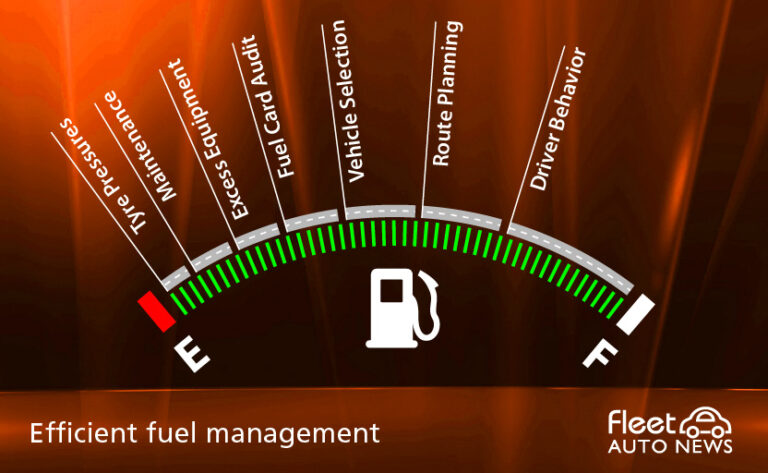Now that you’re paying more than $2 per litre for petrol and diesel, it may be time to dust off that list of eco-driving tips for your fleet.
Eco-driving is a driving style that can reduce fuel consumption (and cost) by up to 15% for fleets. Unfortunately, it’s not a natural thing for most drivers. It does require a change in behaviour and will require drivers to learn some new techniques and skills. Some education may also be required to help staff understand the benefits to the organisation and the environment.
- Smoothness;
- Efficient use of momentum;
- Anticipation and prediction;
- Planning; and
- Optimising low-emission technologies.
The City of Sydney launched an eco-driving strategy in 2015 after successfully achieving a 26% decrease of greenhouse gas between 2010 and 2014 (Click here to download a copy). This exceeded the target of 20% and was largely supported by the transition to sustainable biodiesel for operational vehicles and the introduction of electric and hybrid passenger vehicles and trucks.
The continuous review of vehicle use and promotion of resource sharing also reduced the City of Sydney’s fleet from 600 vehicles in 2006 to 440 vehicles in 2015 without any reductions in service delivery. Over 20 zero-emission electric cars, 40 hybrid cars and 66 diesel electric hybrid trucks were added to the fleet, which reduced greenhouse gas emissions by up to 30 per cent per vehicle. And all electric vehicle charging was offset by 100% clean energy generated by the City’s own solar PV installations.
In Western Australia, The Department of Water and Environmental Regulation provides eco-driving tips in the table below on their website.
| Tip | Savings1 | ||
|---|---|---|---|
| Drive smoothly. | up to 20 % | Gentle acceleration, steady speed and the correct gear choice. Keep revs under 2000 RPM. | |
| Reduce speed. | up to 10 % | 50kmh on urban roads and 90 kmh on the highway are the most efficient speeds for a passenger vehicle. | |
| Scan the road ahead. | up to 15 % | Use defensive driving techniques so you can decelerate early and avoid the need for harsh braking and accelerating. | |
| Don’t idle your car. | up to 10 % | If you plan to be stationary for more than 30 seconds it is more efficient to turn off your car and re-start it than to idle. | |
| Remove roof racks and loads. | up to 10 % | Roof racks create drag and increase fuel consumption, if you are not using them all the time, take them off until you need them. Heavy loads add weight to your car, remove unnecessary items from the boot until you need them. | |
| Reduce air conditioner use. | up to 25 % | Air conditioners place a large load on the engine and can increase fuel consumption. | |
| Close windows over 80 kmh. | up to 5 % | Open windows cause drag and increase fuel consumption as speed increases. Over 80 kmh the drag caused by open windows is greater than the load of the air conditioner. | |
| Use cruise control. | up to 14% | Using cruise control not only keeps you to the speed limit, it encourages smooth driving by reducing the need to accelerate and brake. | |
1 The potential savings are indicative only, with the amount of saving dependant on the scale of your change.
Another important step to reducing fuel consumption is too consider the alternatives to traveling by car. The last two years of COVID lockdowns has introduced everyone to video conferences. Even though we’re able to meet in person again, there are still benefits in using online communication.
Some other things to consider when looking to reduce fuel consumption are:
- Walk or cycle for local trips
- Use public transport in the CBD and inner city areas
- Plan your week to make all the small trips on day
- Travel outside of peak hour to avoid congestion






